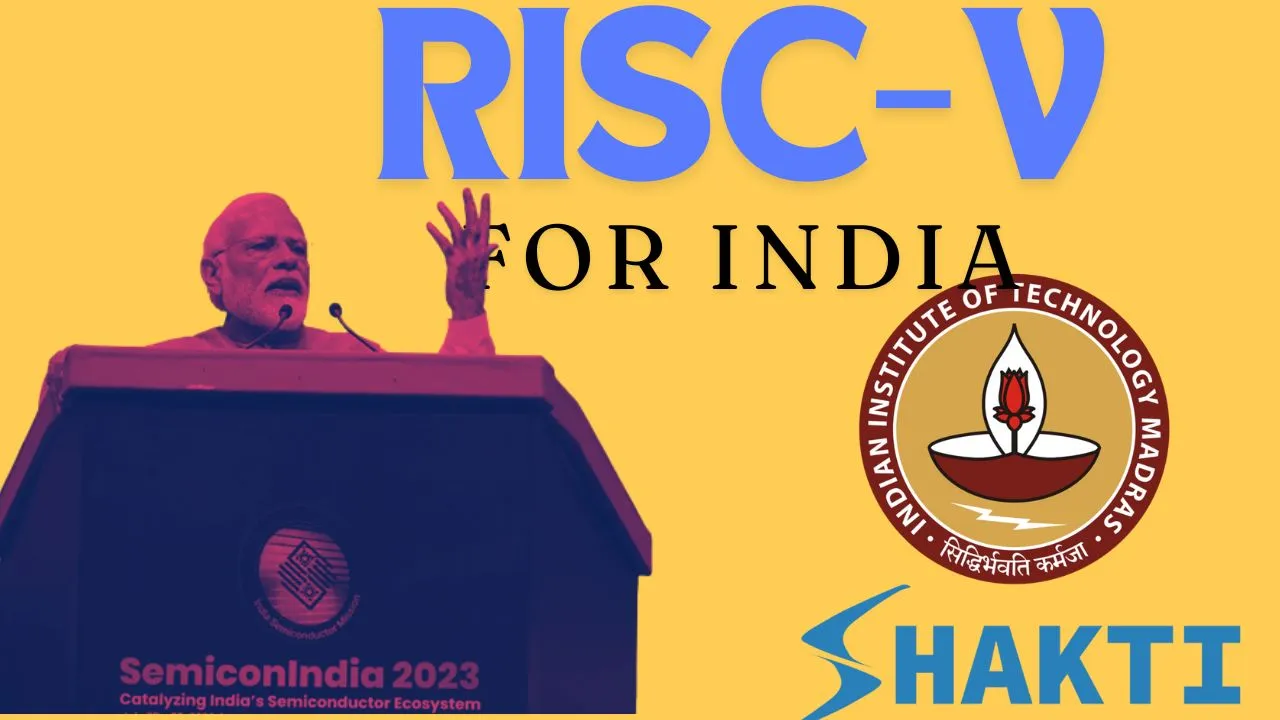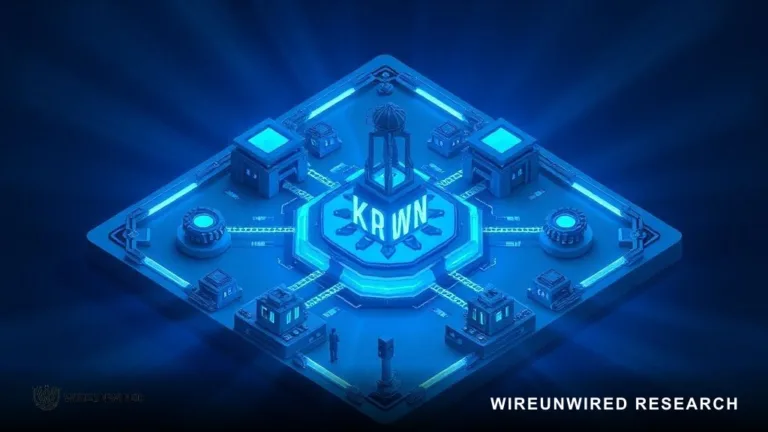India’s semiconductor industry is experiencing a boom, with startups at the forefront of innovation. However, this rapidly growing industry faces a significant obstacle: Dependence on imported semiconductors. These tiny chips, the brains behind modern devices, are often controlled by a handful of companies with proprietary architectures like ARM (Advanced RISC Machine). This reliance on proprietary ISAs (instruction set architectures) can hamper domestic chip design, especially for startups. Here’s why RISC-V for India, an open-source ISA, is emerging as a game changer for India’s semiconductor ambitions.
The Challenge of Proprietary ISAs
The ARM architecture dominates the mobile processor market. While powerful and widely adopted, its proprietary nature presents challenges for startups:
1)Licensing Costs: ARM charges licensing fees for its architecture, creating a financial barrier for startups with limited resources.
2)Limited Customisation: ARM processors offer less flexibility for customisation compared to open-source alternatives. ARM basically provides three categories of processors . Namely, Cortex A, Cortex M, and Cortex R. These three categories target three different audiences. We will talk about them in a different article. For now, the conclusion that I want to convey is that these limited customisation options combined with licensing costs can restrict startups from developing chips tailored to their specific needs.
3)Innovation Bottleneck: Proprietary architectures limit opportunities for collaboration and innovation within the chip design community. This can result in a lack of diversity and creativity in the market, ultimately hindering technological advancements. Open-source alternatives, on the other hand, allow for greater collaboration and innovation among developers, leading to a more dynamic and competitive industry.
These limitations can hinder the growth of a vibrant domestic India’s semiconductor industry.
Join our WhatsApp community.
RISC-V for India: An Open Door for Innovation
RISC-V (Reduced Instruction Set Computer V) presents a compelling alternative. This open-source ISA offers several advantages for Indian startups:
1)Cost-Effectiveness: RISC-V eliminates licensing fees, making chip design more accessible for startups.
2)More Customisation: The open nature of RISC-V allows for extensive customization. Startups can design chips tailored to their specific applications, like low-power IoT devices or high-performance AI accelerators.
3)A Collaborative Ecosystem: The open-source model fosters collaboration and innovation within the RISC-V community. Indian engineers and researchers can contribute to the development of RISC-V, accelerating advancements and creating a more level playing field for startups.
With these advantages, RISC-V empowers Indian startups to design innovative chipsets, fostering domestic growth in the semiconductor industry.
So, Till now we looked upon ARM and RISC-V separately , let us summarise the key differences between them.
ARM vs. RISC-V: A Comparative Look
Feature | ARM | RISC-V |
|---|---|---|
Licensing | Proprietary, licensing fees required | Open-source, royalty-free |
Customization | Limited customization options | Highly customizable |
Maturity of Ecosystem | Mature, well-established | Emerging, growing rapidly |
Cost of Development | Higher due to licensing fees | Lower due to no licensing fees |
Toolchain Maturity | More mature toolchain available | Less mature toolchain, but growing |
Vendor Lock-in | Potential vendor lock-in | No vendor lock-in |
Typical Applications | Mobile processors, microcontrollers | Diverse applications (IoT, AI, etc.) |
The Rise of the RISC-V Ecosystem in India
Currently, the RISC-V ecosystem in India is on an exciting trajectory, showcasing significant progress and potential. I have witnessed multiple organizations and research institutions adopting RISC-V technology for various projects and products. Given Below are the most significant ones.
1)Shakti Processors: A prime example is the Shakti series of RISC-V processors developed by the Indian Institute of Technology Madras (IIT Madras) . These processors come in various configurations and have been successfully fabricated on different manufacturing processes. The Shakti processors have shown promising performance and energy efficiency, establishing them as a strong contender in the processor market. Also the Shakti Processors led to a startup named Incore semiconductors being founded.Currently this starup is the only startup working On Central Processing Units in India.
2)Digital India RISC-V (DIR-V) Program: The Indian government launched the ambitious DIR-V program in 2022 . This program aims to create a robust RISC-V design ecosystem in India by supporting research, development, and industry collaboration.
3)A Thriving Community: Beyond the Shakti processors, there are other RISC-V projects in India, like the AJIT Processor by IIT Bombay and the VEGA Processors by C-DAC [5]. These initiatives showcase the growing interest and activity in RISC-V development within the country.
4)RISC-V India Hub: RISC-V India is the one-stop destination for all things RISC-V in India.It aims to provide all the help to the RISC-V Indian community. They also organise several seminars and awareness drives . For more information and updates on upcoming events you can check their website.
Also Read : Why is Gujarat Attracting maximum semiconductor investments in India?
IIT Madras on Shakti Processors and RISC-V
IIT Madras has been at front foot when it comes to encouraging the RISC-V ecosystem in India. Be it Shakti Processors or helping startups . Here we have combined what IIT Madras has to say on RISC-V and Shakti Processors :
1)”Shakti is a testament to India’s growing capabilities in chip design. The open-source nature of RISC-V allows us to develop processors that cater to specific needs of the Indian market,” says Prof. V. Kamakoti, Department of Computer Science and Engineering, IIT Madras .
2)”We are excited about the potential of RISC-V to democratize chip design and empower Indian startups to innovate,” says Dr. Balasubramanian Ramanathan, a researcher involved in the Shakti project at IIT Madras .
RISC-V for India : The Conclusion
While the RISC-V ecosystem is still under development compared to established architectures, India’s focused efforts and growing community position the country to be a major player in the open-source chip design landscape. By fostering collaboration between academia, research institutions, and the private sector, India can leverage RISC-V to break free from dependence on imported chips and establish itself as a leader in the global semiconductor industry.
Discover more from WireUnwired Research
Subscribe to get the latest posts sent to your email.




